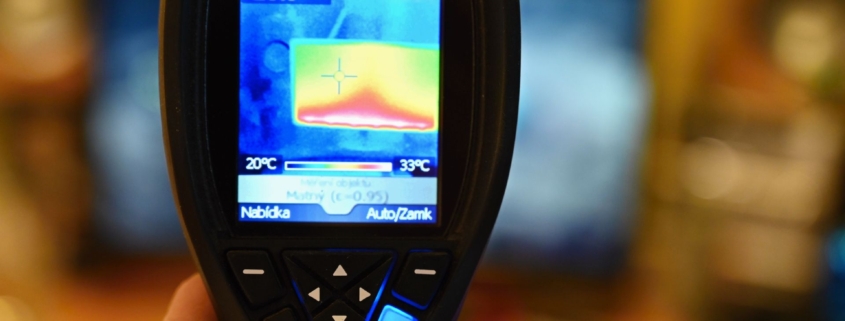🏡 Why Homes Need Gutters: More Than Just Rain Management
Gutters aren’t just accessories—they’re essential guardians of your home’s structural health. Every time it rains, your home faces the risk of water intrusion, erosion, and foundation damage. Fortunately, gutters perform the critical task of channeling water safely away from the house. Let’s explore why every home deserves a properly functioning gutter system.
💧 Foundation Protection
Water Control Matters
When water runs off the roof uncontrolled, it gathers around the base of your home. Over time, this can:
- Erode soil and compromise stability
- Crack the foundation
- Trigger basement flooding
Long-Term Consequences
Poor water management leads to thousands in repair costs. Gutters help mitigate this by redirecting runoff away from the structure.
🪴 Landscaping Preservation
Protecting Curb Appeal
Runoff damage can:
- Flatten flower beds
- Wash out mulch
- Suffocate root systems due to oversaturation
Smart Downspout Strategy
By placing extensions and splash blocks strategically, you can prevent landscape erosion and maintain visual charm.
🏠 Siding & Fascia Defense
Exterior Longevity
Rain streaming down walls can cause:
- Warping, stains, or rot in wooden fascia
- Peeling paint and damaged trim
- Mold around seams and openings
Moisture Control
Proper guttering keeps siding dry, prolongs its lifespan, and minimizes the need for frequent repairs.
🕸️ Pest Prevention
Stop Infestation Before It Starts
Water pooling near the home attracts:
- Mosquitoes
- Termites and ants
- Rodents entering through softened spots
Keep the Perimeter Dry
With functioning gutters, water is diverted and the environment around your home stays uninviting for pests.
🧰 Cost Reduction Over Time
Preventative Savings
Skipping gutters may cost you later. Homeowners may face:
- Foundation repair bills ($5K–$15K)
- Siding replacements
- Landscape restoration
- Mold remediation
Gutters = Smart Investment
For a relatively low upfront cost, gutters offer substantial protection and reduce long-term liability.
🛠 Final Thoughts: A Silent Hero of the Home
While they may seem minor, gutters play a monumental role in preserving your home’s structural and aesthetic value. As a home inspector, I’ve seen firsthand what happens when they’re ignored—damage creeps in slowly until major repairs are unavoidable.
Investing in quality gutters—and keeping them clean—is one of the smartest moves a homeowner can make. Think of them as your home’s first line of defense every time the skies darken.



